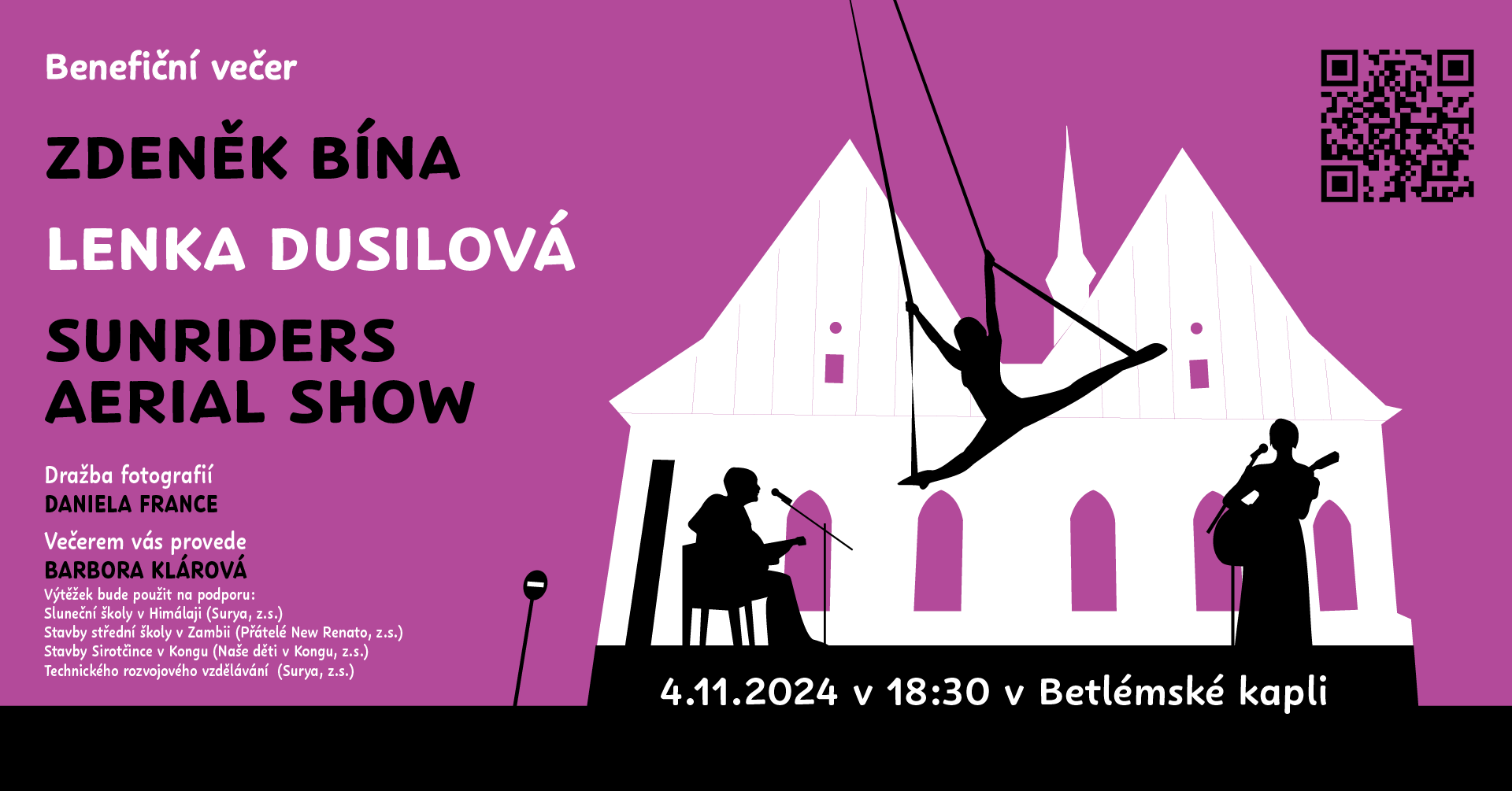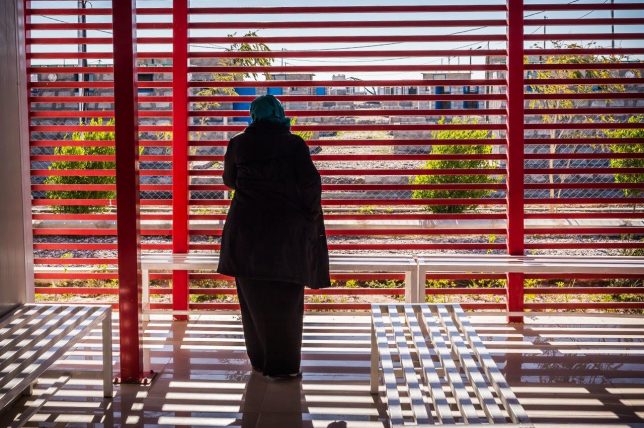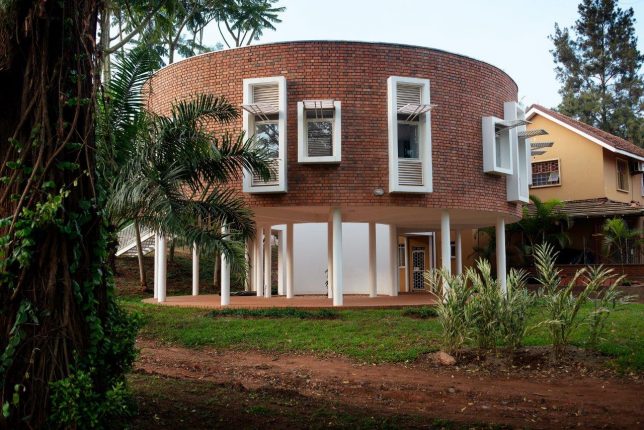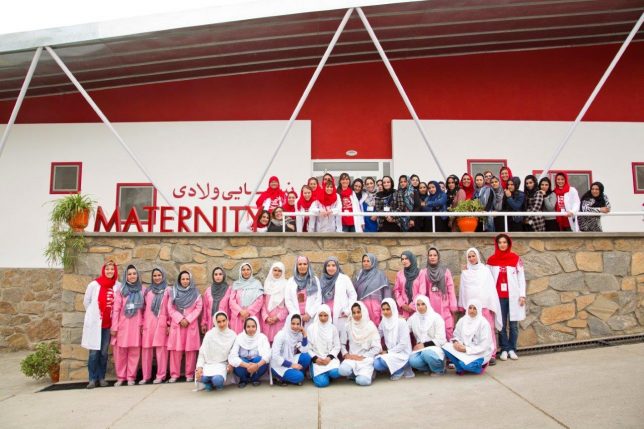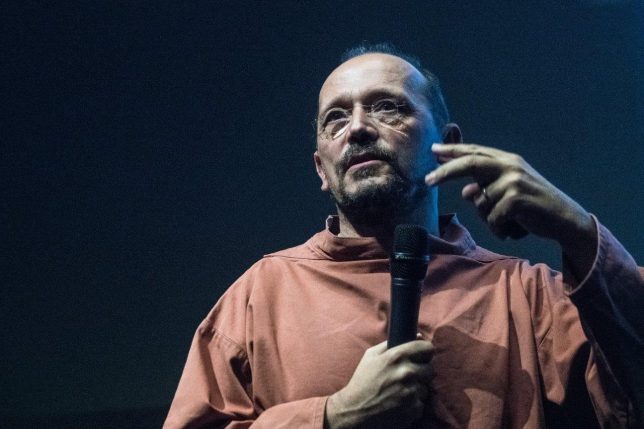Přijďte ne online přednášku. Přednáška proběhne zde. Není nutná předchozí registrace.
Raul Pantaleo is an Italian architect, born in Milano, graduated from IUAV the Faculty of Architecture in Venice. Since 2019 adjunct professor of Architectonic Design at the University of Trieste. He is one of the co-founder of “TAMassociati”, a practice specializes in IMPACT DESIGN.
TAMassociati is a team of architects, engineers and researchers, whose building solutions worldwide improve lives, strengthen communities and provide creative responses to climate change: combining high quality with affordability. The firm’s design ethos can be summed up as Innovative design for Impact.
Internationally, TAMassociati works on sustainable and socially equitable architecture.
Some of the current and completed projects include: The Salam Centre for Cardiac Surgery for Emergency NGO in Sudan , Banca Popolare Etica in Padova, Children Surgery Centre for Emergency NGO in Uganda with Renzo Piano; healthcare buildings in Italy, Niacaragua, Darfur, Sudan; Central African Republic, Sierra Leon, Afghanistan, Iraq, Kenya, Senegal, Rwanda and Uganda. Team member that developed urban plans in Switzerland, Cameroun, Rwanda.
With TAMassociati in 2013 winner of the „Aga Khan Award for Architecture“ and the „Curry Stone Design Prize 2013“, in 2014 winner of the „Zumtobel Group Award“.
In in 2014 with TAMassociati- BEST ITALIAN ARCHITECT OF THE YEAR; in 2016- CURATORIAL TEAM OF THE ITALIAN PAVILION at the 15th International Architecture Exhibition of La Biennale di Venezia. In 2016 tutor for Renzo Piano of the G124- Marghera working group at the Senate of the Italian Republic. In 2019 DOMUS magazine names TAM as „one of the world’s best architecture firms“. In 2019 the project “Container Medical Compound – Houses” has won the Energy Globe National Award Sudan.
Lecture abstract:
BEAUTY AS A CARE IN POVERTY AND WAR
In 1419 Filippo Brunelleschi designed one of the great Renaissance masterpieces: the Ospedale degli Innocenti, a building devised to provide up-to-date care for foundlings and orphans: an extraordinary place, where beauty and harmony served the needs of the poorest.
This is one of the many Renaissance masterpieces in the service of the weakest sections of the population. Its beauty was an instrument of care and redemption, as well, naturally, as the glorification of the body that commissioned it.
Then, much later, and especially now, all this has dissolved.
For the last in society, the economic logic of minimum investment and minimum effort has always prevailed. Only service buildings; horrible boxes without quality and value.
In the work done with TAM, however, we sought to reinvent the great Renaissance tradition in a modern way by combining beauty with utility.
A challenge and a risk, because, even today, when we speak of beauty in areas ravaged by war and poverty, like Darfur, Sudan, Central Africa, Afghanistan or Iraq, we always meet with great astonishment, as if beauty was inappropriate in those settings, unsuitable for people who suffer.
In reality, the opposite should be surprising: that a war hospital should not be beautiful.
There is no logical reason, no practical justification.
In our experience, however, creating architecture in a refugee camp or a war zone means first of all combining ethics and aesthetics, economy and beauty. Because people live better in a beautiful place, in the affluent West as amid the deepest despair. This is true today as in the distant Renaissance.
We start from a simple principle of justice: the assumption that being in a clean, carefully tended, harmonious place helps people imagine the future.
This is an extremely practical approach, but it has the breadth of vision of utopia.

